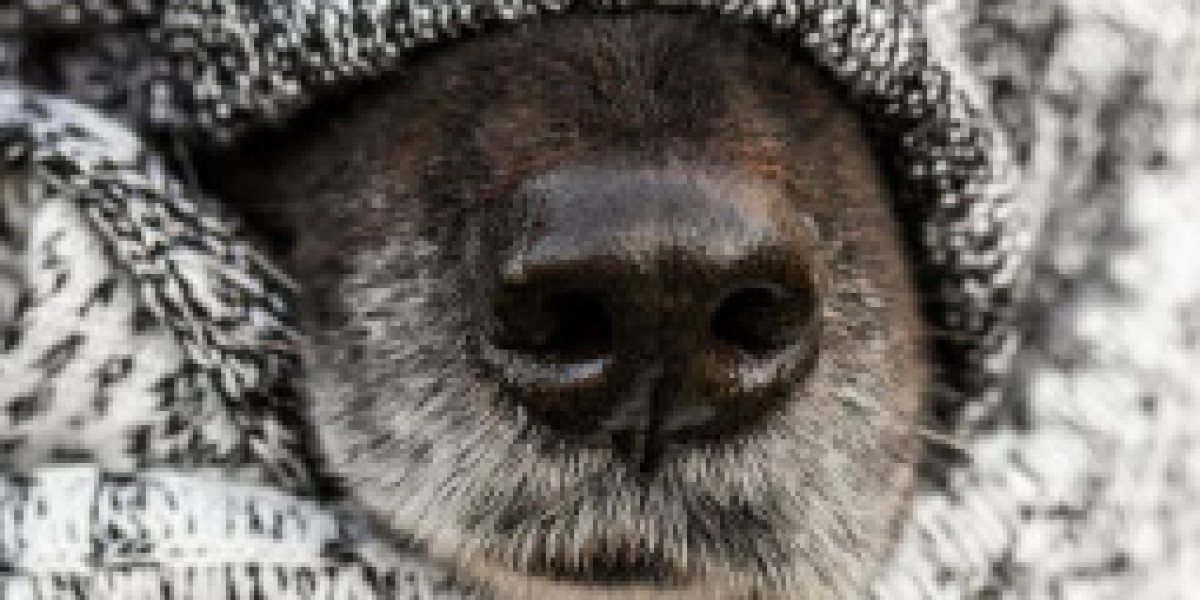Taxidermy has long stood at the intersection of art, science, and emotional preservation. Whether you are a hunter looking to celebrate a remarkable bird specimen or a pet owner wanting to honor a beloved canine companion, taxidermy offers a meaningful way to keep memories alive. Two of the most sought-after specialties today are Bird Taxidermy and Dog Taxidermy, each requiring distinct skills, anatomical understanding, and artistic expertise. This guide explores how these forms of taxidermy work, what to expect during the process, and how to choose the right professional to create a lifelike and lasting tribute.
Understanding Bird Taxidermy: Artistry in Feather and Form
The Unique Challenges of Bird Taxidermy
Bird Taxidermy is widely regarded as one of the most delicate branches of taxidermy. Birds have lightweight bones, intricate feather patterns, and skin that can be easily damaged, requiring a steady hand and advanced sculpting knowledge. Every species—from ducks and pheasants to hawks, owls, and songbirds—has unique features that must be meticulously preserved.
The goal of Bird Taxidermy is to recreate not only a bird’s physical structure but also its natural posture and expression. A skilled taxidermist considers:
- Feather layering and coloration
- Wing positioning
- Eye placement
- Anatomical accuracy
- Environmental details (habitat mounts, branches, water scenes, etc.)
Because feathers react to moisture, oils, and pressure, the preparation stage is critical. Properly handled specimens maintain their beauty for decades.
The Bird Taxidermy Process
Although techniques vary, most Bird Taxidermy follows these essential steps:
1. Skinning and Initial Prep
The taxidermist carefully removes the bird’s skin while preserving wing and feather integrity. This phase determines whether the final mount will appear smooth, clean, and lifelike.
2. Degreasing and Washing
Bird skin holds varying degrees of natural oils. Ducks, geese, and waterfowl have heavily oiled feathers, making degreasing a time-intensive phase. After treatment, the skin is washed, rinsed, and dried.
3. Creating the Body Form
Instead of stuffing, modern Bird Taxidermy uses sculpted foam forms. These forms ensure exact anatomical proportions and allow for dynamic poses such as flying or standing.
4. Mounting and Feather Grooming
The skin is mounted, wings are positioned, and the taxidermist layers feathers by hand to match the bird’s natural arrangement. Strategic grooming is what brings the mount to life.
5. Habitat and Finishing Touches
Stands, branches, water-set bases, and realistic eyes or beaks complete the display. The finishing stage requires artistic precision and attention to species-specific details.
Dog Taxidermy: A Personal and Emotional Preservation
Why Dog Taxidermy Is Gaining Popularity
While traditional taxidermy is often associated with hunting, Dog Taxidermy serves a different purpose—memorializing beloved pets. More people than ever are choosing taxidermy or soft-mount preservation to honor their canine companions in a physical, lifelike way.
Dog Taxidermy requires exceptional technical skill due to:
- Highly expressive facial features
- Complex musculature
- Fur density and texture
- Emotional expectations from grieving pet owners
Unlike preserving wildlife, Dog Taxidermy focuses heavily on maintaining the dog’s personality and natural essence. A quality mount will look peaceful, relaxed, and true to life.
How Dog Taxidermy Works
The Dog Taxidermy process is more intricate than wildlife mounts because it must reflect emotional authenticity.
1. Consultation With the Pet Owner
This initial step is crucial. The taxidermist learns about the dog's personality, preferred poses, natural expressions, and the owner's expectations. Reference photos are essential for capturing facial and body details.
2. Preparation and Skin Preservation
The skin is carefully removed and preserved through tanning. The taxidermist ensures fur remains intact and natural, as canine coats vary significantly between breeds.
3. Creating a Custom Form
Unlike bird forms, which may be pre-made, dog forms are almost always custom sculpted. This ensures the mount reflects the dog’s actual size, posture, and proportions.
Popular poses include:
- Sleeping curled up
- Lying in a relaxed position
- Sitting attentively
- Soft-mount styles with a more flexible body
4. Mounting and Facial Molding
Capturing facial expression is the heart of Dog Taxidermy. Artists sculpt the eyes, nose, and muzzle with precision to recreate the pet’s personality. Ear position, whisker placement, and natural gait also receive careful attention.
5. Final Grooming and Preservation
Once mounted, the dog is brushed, dried, and groomed to match its living appearance. High-quality taxidermy should feel respectful, peaceful, and true to the pet's memory.
How to Choose the Right Taxidermist for Birds or Dogs
Whether seeking Bird Taxidermy for a hunting trophy or Dog Taxidermy for a beloved companion, choosing the right professional is essential. Not all taxidermists are experienced in both fields, so specialization is key.
Factors to Consider
1. Experience and Portfolio
Ask to see examples of their Bird Taxidermy and Dog Taxidermy work. Dogs, especially, require a taxidermist skilled in lifelike facial recreation.
2. Knowledge of Anatomy
Birds and dogs have vastly different anatomical structures. A specialist should understand species-specific details.
3. Communication and Transparency
Especially for Dog Taxidermy, compassionate communication is critical. The taxidermist should explain:
- Process
- Timeline
- Costs
- Realistic expectations
4. Reviews and Reputation
Search for testimonials from prior clients. For pet preservation, emotional sensitivity and reliability are important qualities.
5. Artistic Style
Taxidermy is as much art as science. Different professionals have distinct styles—some hyper-realistic, others more classic. Choose one that aligns with your vision.
Caring for Your Bird or Dog Taxidermy Mount
Once completed, proper care helps your mount last a lifetime.
Maintenance Tips
- Keep away from direct sunlight to prevent fading
- Maintain stable humidity levels
- Dust regularly with a soft brush
- Avoid handling the feathers or fur often
- Schedule periodic cleanings with a professional
With proper care, high-quality Bird Taxidermy and Dog Taxidermy mounts can remain beautiful for decades.
Final Thoughts
Both Bird Taxidermy and Dog Taxidermy preserve more than just physical forms—they preserve memories, achievements, and emotional connections. Whether you're honoring a faithful dog or displaying a prized bird, choosing a skilled taxidermist ensures you receive a lifelike, respectful, and lasting tribute. With the right expert, taxidermy becomes an art form that celebrates the beauty and personality of the animals we cherish.







